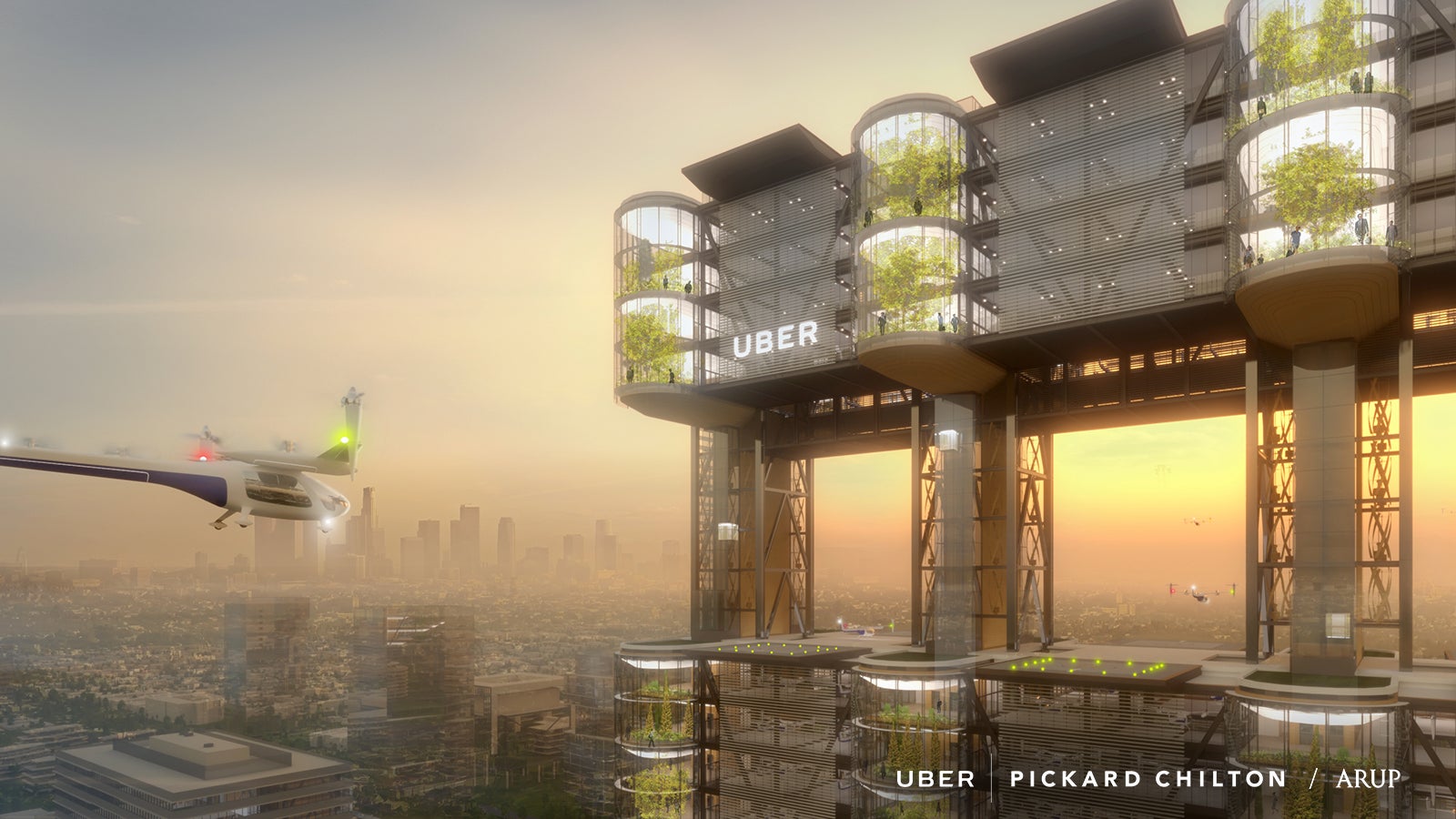Can Uber’s air taxi plans make a smooth landing in India?
Uber wants to bring flying taxis to India but its dreams may be far from a possible take-off.


Uber wants to bring flying taxis to India but its dreams may be far from a possible take-off.
On Aug. 30, the San Francisco-based ride-hailing company said it has shortlisted five countries, besides the US, to launch its air taxis: Japan, India, Australia, Brazil, and France.
“Mumbai, Delhi, and Bangalore are some of the most congested cities in the world, where traveling even a few kilometres can take over an hour,” Uber said in a press release. “Uber Air offers tremendous potential to help create a transportation option that goes over congestion, instead of adding to it.”
Elevate, the company’s aerial taxi play, will let passengers take small aircraft rides with vertical takeoff and landing. Uber plans to launch air taxis in Dallas, Los Angeles, and one international destination by 2023.
Experts believe Indian cities’ mounting road traffic woes make the country a perfect market for Elevate.
Why India?
To begin with, Uber’s options were limited, said Yugal Joshi, vice -president at Texas-based consultancy Everest Group. It has been ousted from China and several southeast Asian nations. It is also facing serious challenges in Europe. India is now its biggest market outside the US.
“The ideal launch city for an urban air taxi is a dense metropolitan area where traffic congestion can mean that even distances of 10-15 kilometres can take an hour. Indian cities qualify quite well,” according to Kartik Hosanagar, professor of technology and digital business at University of Pennsylvania’s Wharton School.
Traffic congestion costs major Indian cities Mumbai, Delhi, Kolkata, and Bengaluru Rs1.5 lakh crore($21 billion) each year. Since air taxis will work node-to-node instead of point-to-point, “good use cases might be taking people to airports or industrial complexes in the outskirts of the city,” Hosanagar said. With Uber’s air taxis traveling 150-200 miles per hour, long rides by road can be reduced to just a few minutes 1,000 to 2,000 feet above the ground.
Already, such a service has existed in Bengaluru since March this year, with helicopters slicing the two-hour road commute between Electronic City and Kempegowda International Airport to a mere 15 minutes for Rs4,130 per person. A similar heli-taxi service cut down the four-hour Chandigarh-Shimla journey, too, to just 20 minutes by air.
So, there is clearly a growing appetite for it.
However, Hosanagar and Joshi both agree this isn’t a mass-market offering. “To begin with, high-income people will be the target,” Joshi said. “The eventual segment will depend on pricing and Uber will surely leverage off-peak time to provide these at lower costs to incentivise consumer adoption.”
The short-term fares are likely to be around Rs200 per kilometre. Uber believes this could fall to Rs50, The Economic Times newspaper reported.
While there’s much hoopla around Uber’s announcement, the optimism around its feasibility in India runs low.
The air pockets
Uber Elevate plans are already underway in the US but India is a much tougher market to crack.
For one, there are the infrastructural woes. Considering the aerial vehicles will be 100% electric, India will need a robust electrical grid and a suite of battery-charging locations. Uber itself is yet to crack the code on creating a cheap, long-lasting, quick-charging battery that is powerful enough to run these commercial rides. And in theory, Uber’s air taxis would take off from its own sky ports built atop high rise buildings. Constructing a vast network of these stations of sorts will likely be a herculean task in a country where bridges take 20 years to build.
Even once the aircraft land in each port, commuters need to be able to connect to their destination via public transit, ride-sharing, or bike-share, if not walking. India’s public transport system is in dire need of a makeover.
Then there are the regulatory and bureaucratic barriers involving approvals, land acquisition, and legal challenges, Joshi warns.
Identifying vehicle manufacturers, real estate developers, technology developers, and others to partner with could prove difficult, too.
Moreover, there’s a nagging concern that Uber is spreading itself too thin.
“These weird services indicate the company is getting into a vanity trap and ego journey of introducing concepts that create market buzz without possibly a strong business case,” Joshi added. “This possibly indicates that the company is running out of ideas to transform its core (taxi) business and put its house in order. Instead, it’s getting attracted to such unwanted services.”
The Uber CEO sees it differently, though.
“For me, the ‘aha!’ moment came when I started understanding that Uber isn’t just about cars,” Dara Khosrowshahi said during the Uber Elevate Summit in Los Angeles in May this year. “Ultimately, where we want to go is about urban mobility and urban transport, and being a solution for the cities in which we operate.”